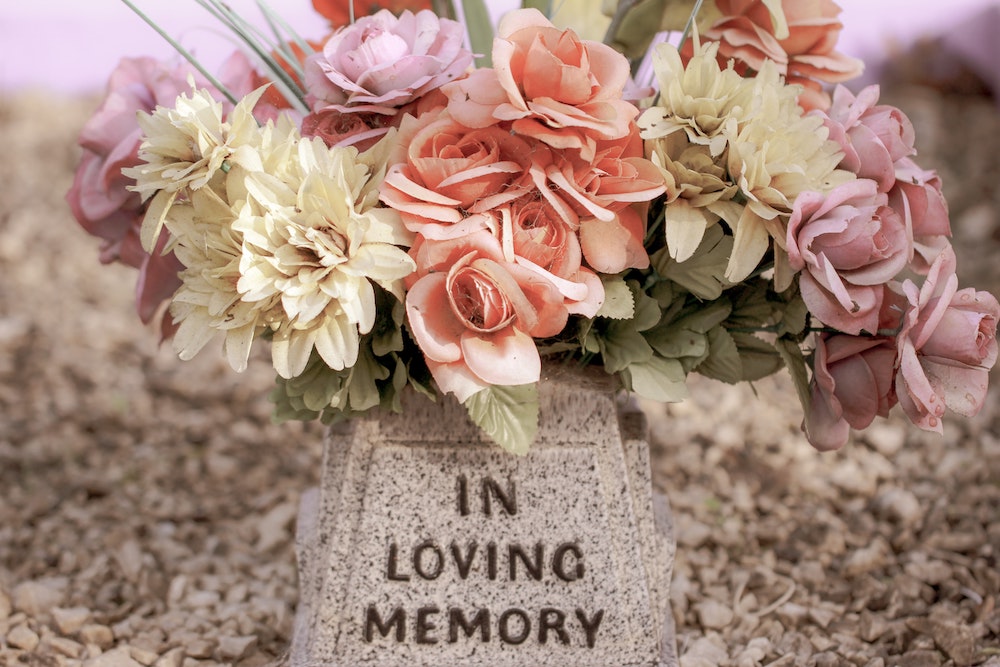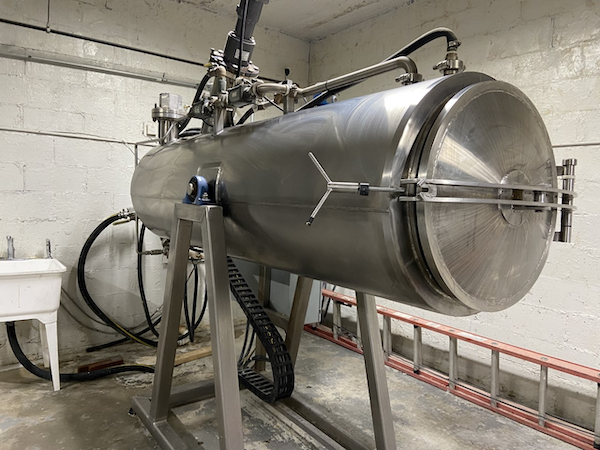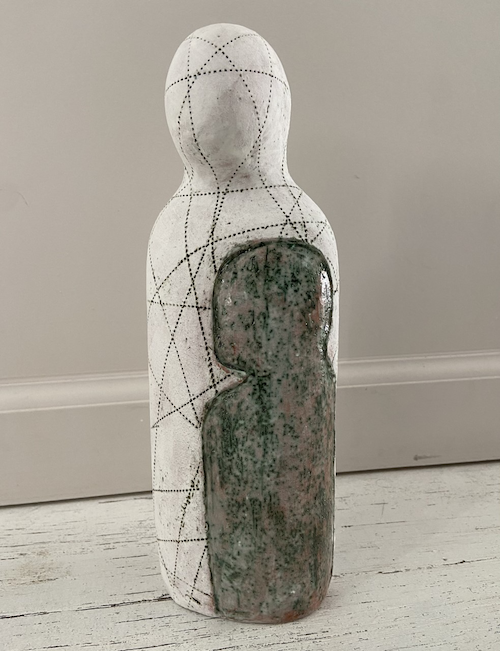I distinctly remember the moment I asked my dying father a very important question: “Will you help me with my homework after you die?”
Dad, with his ever-gentle and helpful nature, replied without hesitation: “Of course I will.”
For the year leading up to this conversation, I had been studying eco-friendly funeral methods as part of my biology graduate program. Project Dragonfly is a master’s program that partners with conservation institutions around the world to teach scientific inquiry, community conservation, and urban ecology. I was immediately drawn to natural funeral methods as a sustainability strategy and land conservation measure. These methods include unembalmed burial, natural organic reduction (or human composting), and aquamation, a green alternative to cremation. Aquamation, or alkaline hydrolysis, is especially interesting because it’s a technology that has been around for over 130 years but has only recently been used to reduce human remains to “ashes” in an environmentally-friendly way.

At the same time I was studying death, my father was dying of congestive heart failure and vascular dementia. In late 2022, my two sisters and I sat down with Dad to review his funeral plans. He did not wish to be a burden and had already pre-paid for a direct cremation. By then I had learned enough to know that cremation is often misinterpreted as an eco-friendly alternative to modern burial. The reality is that one 75-minute cremation uses about 630 kilowatts of electricity and releases the nitrogen dioxide equivalent of 3,650 cars driving past the crematorium, or 50 cars per minute. And cremation rates continue to rise. In 2021, there were 1.9 million cremations in the United States, at a rate of 57.5% of total deaths.
I told Dad what I had learned and he was immediately intrigued. During aquamation, the human body is placed inside a sterilized stainless steel vessel. A warm water and chemical bath breaks down soft tissue in a manner that mimics natural decomposition. In both aquamation and cremation, the skeletal remains are ground into dust or “ash” that can be placed in an urn, buried, or scattered. However, the dust that fire cremation produces is carbonized and nutrient deficient, and is toxic to ecosystems. Aquamated remains, on the other hand, are sterile, free of DNA, and safe to scatter. They are also lighter in color and produce 20–30% more bone dust than cremated remains.
So my sisters and I made the final arrangements and spent precious time spoiling Dad with ice cream and massages and music and gratitude. After just over two weeks under hospice care, Dad died in February 2023 at age 82. He had a long, satisfying life and died in his own bed—safe, warm, and loved.
After his death, my sisters and I expressed our wish to participate in his aquamation in any way we could.
“Can we see him in the machine?”
“Can we turn on the machine?”
“Can we see his bones before they are ground into dust?”
Our funeral directors answered every request we made with a single word: “yes.”
We met at the aquamation facility and entered as a family. The funeral director prepared us for what would happen when we entered the room next door. We took deep breaths, held hands, and went inside. There was our beloved father in the basket of the machine. We could see his bare chest and head, the faded yin yang tattoo on his left shoulder, his slightly hawkish nose, tousled hair, and liver spotted hands folded sweetly above the sheet that covered the lower half of his body. After a solemn moment, the machine was closed and the chemicals prepared. We were guided to the control panel and adjusted the settings, and together, we pressed “start” on the last new beginning for Dad and for us.

Aquamation machine.
The machine needed several hours to do its job, and extra time for the bones to dry. When we returned to the facility days later, we got to see the tray of dried bone fragments and even hold them in our hands. What felt like our Dad going into the machine, somehow no longer felt like him in the same way. He was present and absent at the same time. This realization brought me a moment of wonder and peace. Before the bones were pulverized, each sister chose a tooth to keep, each of us believing we got the one crooked tooth that charmed our Dad’s smile.

The unique urn I chose for Dad’s remains was created by Cassie Ryalls Butcher.
Death and death choices are extremely personal and intimate. In my career as a librarian, I endeavor to empower others with relevant, accurate information so they can make decisions that matter. Whether we are making plans for life or death, we can’t be afraid to be curious, to ask questions, to demand more.
Participating in the aquamation process brought us closer as a family because it brought us closer to death. There is something about holding my father’s bones in the palm of my hand that motivates me to finalize my own end-of-life plans so I can truly begin to live.
Thank you, Dad, for helping me with my homework one last time, for making this unforgettable experience possible, and for giving me life in more ways than one.
Get more like this—Sign up for our daily inspirational newsletter for exclusive content!
__
Photo: Sandy Millar via Unsplash (top); Gina Sheridan (rest)




